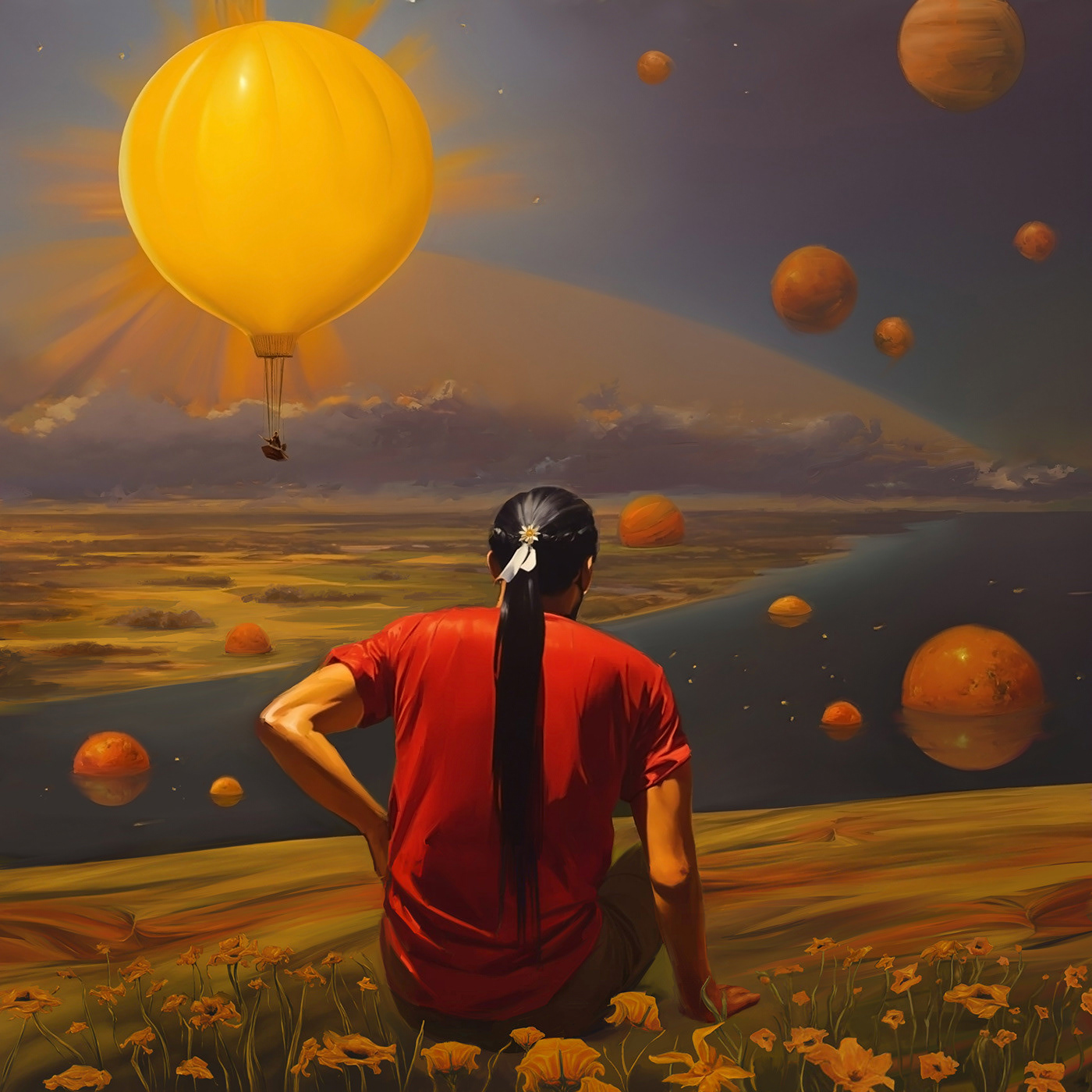SPRAY AND DIVIDE
Testing Turing, Research Project

The main aim of this project was to explore the potential for spraying concrete applications in architecture. During the course, we were first creating different types of molds to investigate which type of surfaces works the best and what are the advantages and disadvantages of concrete spraying. My task was to create a panel based on right angles. To thoroughly test this issue, I decided to create a straightforward definition in the Grasshopper software to obtain an irregular and random pattern.
Later, we explored various aspects related to the subject, like determining the best-optimized way of application, the most appropriate angle of spraying, or counting how much material we need to cover the whole surface of the mold without unnecessary waste of material. All of those studies were required, and the results were used in the second phase of the project.
The paramount goal was to program and thoroughly prepare the robot for doing the work for us. Based on our previous experience, analyzing the data we obtained, we have managed to create a program thanks to which the robot was able to spray the form appropriately without direct human participation.
This inspiring experience influenced the design part of the project, where the task was to design elementary geometrical forms, which could be obtained by a robot. These modules were to create different shapes and be possible to combine in various ways. After combining individual modules into larger panels, they could become, for example, a pavilion or whatever the designer had imagined at a given moment.
PANEL - FORM DESIGNING:

Try of digital prefabrication of concrete elements made of UHPC

TESTING TURING:
The final part of the project was to create a concept for future development. Our task was to design modules that do not define the structure but give a wide range of possibilities. It is possible that in the future the prefabrication of small elements will result in creating an actual pavilion.
“…all the problems which can be solved by humans can be reduced to a set of instructions.”
The design consists of six different strongly geometrical modules that can be joined together. Thanks to using simple spatial transformations as shifting, mirroring, and rotating, it is possible to create different, more complex forms.
Everything depends on the scale. Separate modules can create panels that can be used to build some more significant structures or pavilions. In the example, two designs have been made from elements constructed from three different modules repeated in a different sequence.
Set of instructions:
- There is no limitation; it is possible to use all six types of the modules if needed,
- It is allowed to use simple spatial transformations as shifting, mirroring, and rotating,
- Modules should be touching each other with the same geometry of the surface,
- The structure needs to remain in balance
- There is no limitation; it is possible to use all six types of the modules if needed,
- It is allowed to use simple spatial transformations as shifting, mirroring, and rotating,
- Modules should be touching each other with the same geometry of the surface,
- The structure needs to remain in balance


The task showed how many shapes could be created using no more than six different modules. The number of copies does not matter, because during the fabrication process, respraying the form is not a big problem. The biggest challenge was to create the individual modules in such a way that they were as simple as possible, and allowed for combining them easily and creating advanced and undefined shapes. That gives a wide range of possibilities for designers and flexibility of form.



